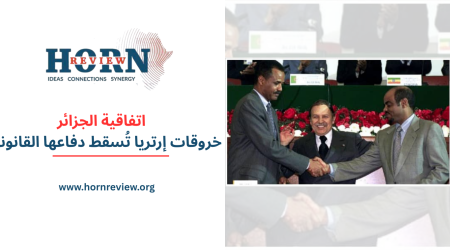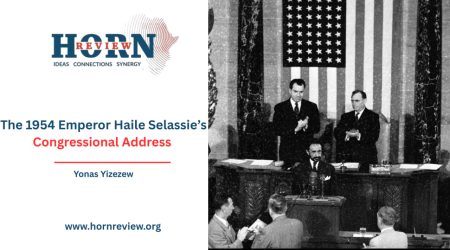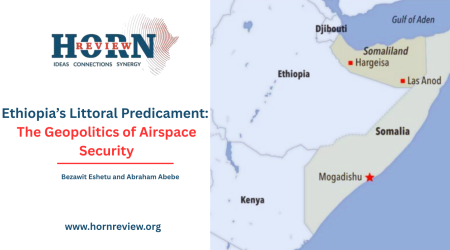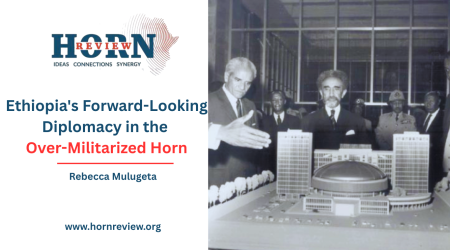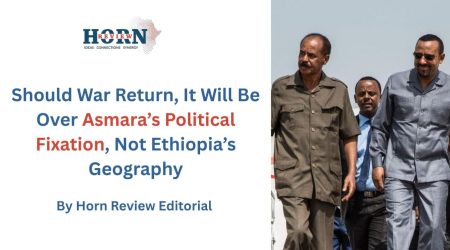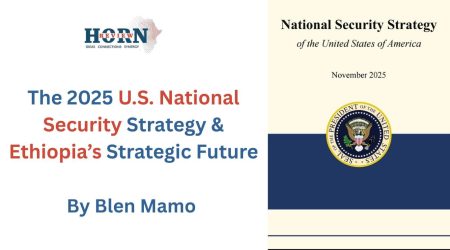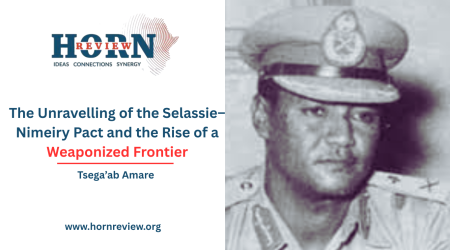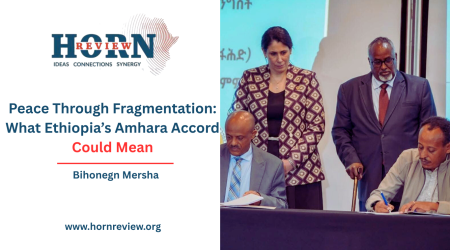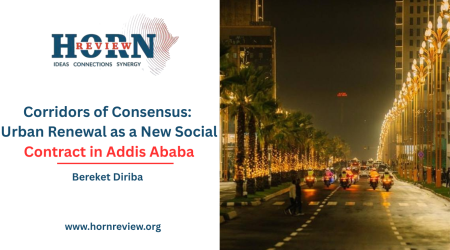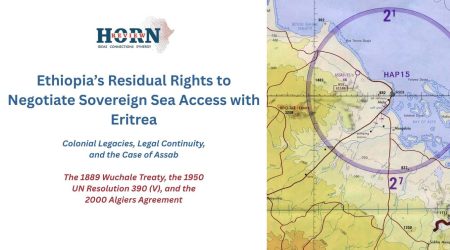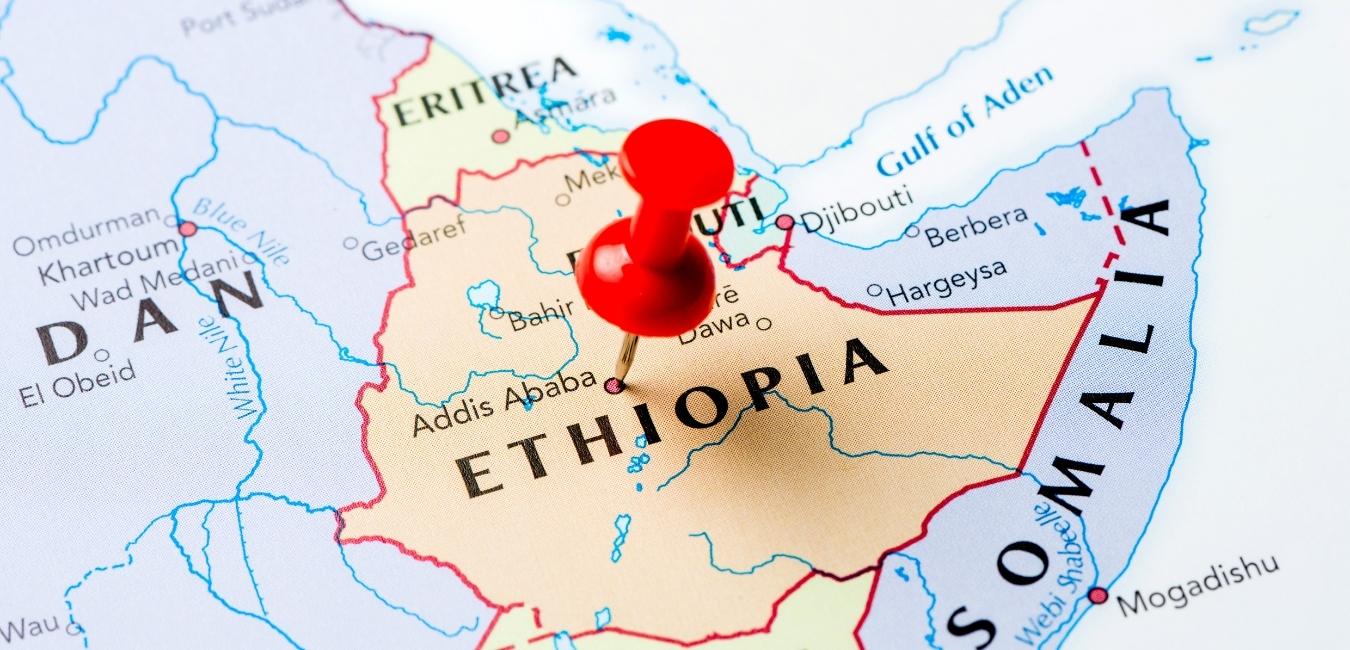
4
Jul
Defining the Horn States? A Theoretical Perspective
Although it is difficult to generalize their various features, the political situation in some Horn states can be grouped based on their repeated occurrence, albeit all these features vary in their magnitude from country to country.
This categorization is essential to pinpoint the root causes of political instability and overcome the political conundrum in the Horn of Africa as well as predict future trends. The most common features are cycles of public protests leading to a regime change, terrorism and religious fundamentalism, power grab, ideological disagreements on national discourses and the nation’s future, and economic poverty.
According to one senior political analyst, we can divide the Horn states into three kinds to characterize their political situation: the states in perpetual political crisis, failed states, and those that show mixed presentations. The Horn states that are in perpetual political crisis are Uganda, Kenya, and Djibouti. Failed Horn states are Sudan, South Sudan, and Somalia.
Those who show mixed presence are Ethiopia. Although the division can be questionable, it gives us a preliminary view to analyze the political arena around the Horn of Africa. For instance, it may be difficult to decide Kenya’s place; sometimes Kenya shows mixed presence, and other times it shows perpetual political crisis. Moreover, a cross-cutting problem across the board is the center-periphery dilemma. In all cases, the center controls the whole power, and the periphery feels marginalized and ignored. These problems led to the formation of liberation fronts and continued civil wars between the central government and the various factions within a single state.
If we zoom in on Ethiopia’s case, everyone agrees that Ethiopia has a mixed presence in the Horn of Africa: one aspect of it is good and the other is not so. The good aspect is that part of the country exhibits economic development and political stability. Almost half of the country, which includes the capital and the southern part of the country, shows an encouraging track of economic development and political stability. The other half of the country in the northern and western part of the country, exhibits the opposite features, such as political instability and economic bankruptcy.
The issue is not to argue whether this mixed presence is right or wrong, but, rather, finding a way out of this recent strange status quo. One can point to a way to end this mixed presence and establish a strong unified state.
The most viable approach is Reconciliation. By reconciliation, I do not mean reaching a consensus on the future of the country. By reconciliation, I mean understanding that only dialogue is both the means and end that can allow us to survive as a single political community in the midst of changing political dynamics. Reconciliation should aim at creating a political constitution that is ready to formulate short-term and long-term ideas as to how the political community should survive and actualize the generational quests. Since political grievances cannot be easily washed out, the best remedy for this is dialogue, so that people can understand each other on expectations and achievements.
We witnessed various initiatives to undertake these tasks. However, we do not see them stopping the civil wars here and there and bringing a long-term solution that satisfies everyone. Thus, the central government should take the prime initiative to facilitate this, inviting internal actors from education sector, business sector, religion sector, armed groups and political elites to form a reconciliation committee. This process cannot be a short-term goal as it requires us to include everyone. Thus, the reconciliation dialogue should not focus on Disarmament, Demobilization, and Reintegration (DDR).
The reconciliation can start when every actor develops trust in the process, and the reconciliation committee will begin the dialogue to decide on every issue including the DDR process, which is key to ensure civilian rule. In this regard, the current Ethiopian National Dialogue Commission (ENDC) should revise its vision and mission so that it can fit with the reconciliation agenda. ENDC should understand that it is not viable to hold a vision that we can somehow reach a consensus on the most fundamental issues of national significance before reconciling political hostilities and possessing a position that only dialogue, not arms that can bring a solution to political disagreements.
In sum, the theoretical foundation that labels Ethiopia’s case as ‘mixed presence’ can be a clue as to what the country needs to do in all economic, social, and political aspects. Unless the current regime takes the initiative to unify the country in terms of distributing the dividend of peace and economic growth, the grievance looms larger and divisions grow broader.
By contrast, unifying actions such as forming a reconciliation committee will reverse all these in the short term and shape the future of the political community in the long term, where people choose to see the bigger picture rather than fulfilling their narrow interests.
By Markos Haile Feseha and Rebecca Mulugeta,Researchers,Horn Review

